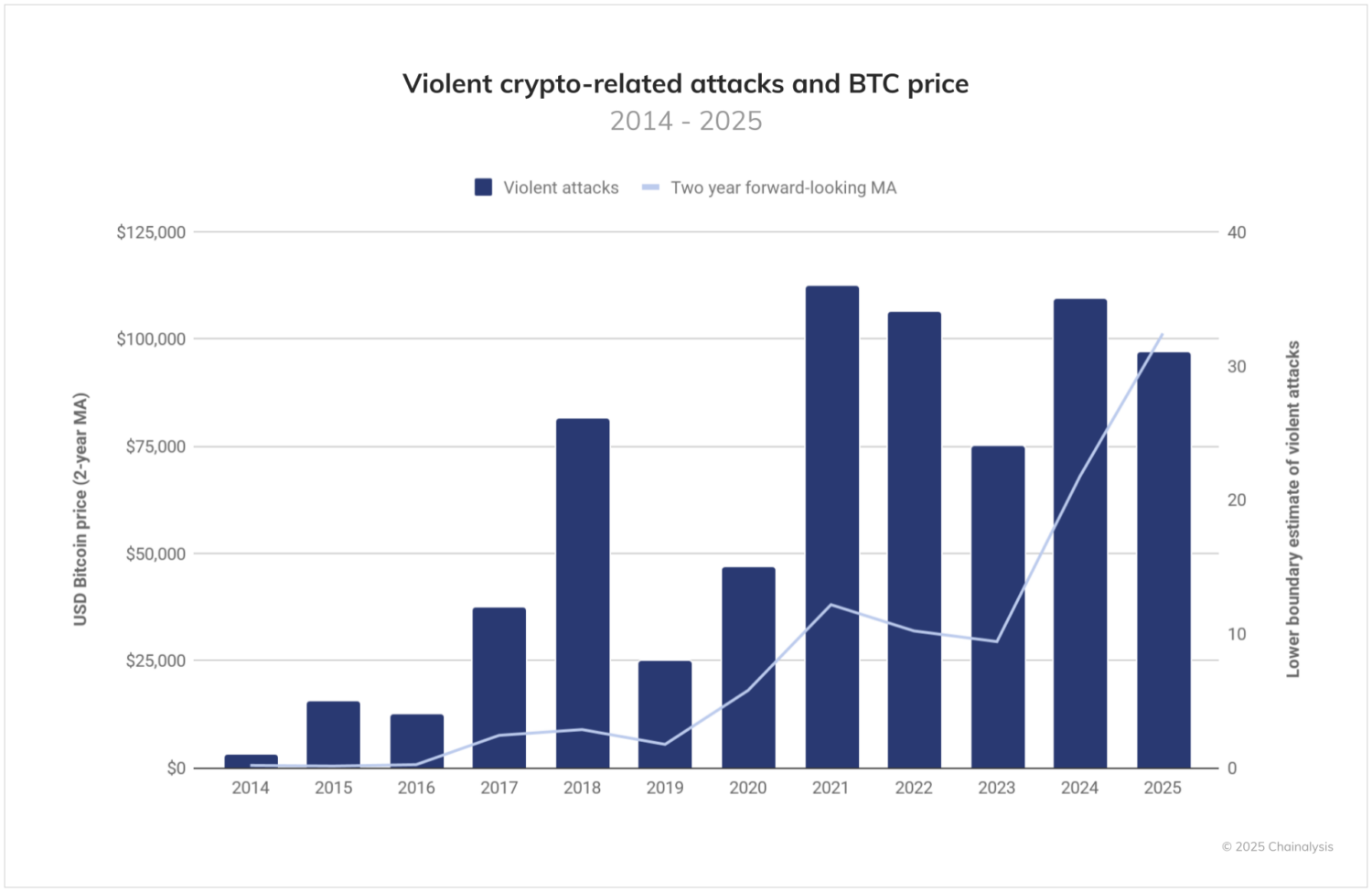Enjoy complimentary access to top ideas and insights — selected by our editors.
Many CPA firms rely on client referrals for growth. I consider referrals a validation of a satisfied client.
Occasionally the lack of referrals is because a client likes you and wants to continue using you but does not feel confident that you would do a good job for someone they might refer you to. There could be many reasons for this. If you feel their reticence is valid, then I suggest you examine the relationship and what might be done to right it so they will become a raving fan. Many of these clients feel that what you do for them is good and is part of the overall package of the relationship that they are happy about being with you. However, they feel something is lacking and that is what’s holding them back from referring you.
That is an important issue, but today I want to suggest ways to get more referrals from existing clients who are truly happy about their relationship with you, and I will start with a short story.
In the early 1990s we hired a full-time salesperson who was not an accountant, but a “professional” salesperson. We gave him a list of our clients and told him not to contact any of them, and otherwise, anyone else was fair game for him. About a month into the relationship, I overheard the receptionist buzz him and tell him that Mr. Soandso was on the phone. Later in the day I asked him why Mr. Soandso called him and he said he returned a call he made to him. He missed seeing his name on our client list and I called the client to apologize for the intrusion, explaining the call was from a salesman we hired. The client said he was not aware we wanted new business and the following month he recommended three clients to us!
That experience taught us that you have to let clients know you want to grow and would appreciate any referrals. We thought about this and realized that barring dissatisfaction with your services, the two major reasons clients do not recommend you are: 1) they do not think about it; and 2) they do not know how to go about it.
This led to us making a greater effort asking our clients for referrals and to develop “materials” for clients to use when referring us. We then considered our clients to be our sales force.
We changed the way we spoke and learned to never say we are busy or too busy and now we say, “We are doing quite well but are looking to grow,” followed by “and we would always appreciate referrals. They are important to us.”
As “sales managers” we need to manage our referral base, which are our clients, professionals we interact with, bankers and pretty much everyone else we know, including our alumni and other CPAs. The way we go about this is to develop fact sheets, blogs, memos and speech handouts on the many specializations and industries we have expertise in and send them to targeted clients. Email has become a ubiquitous way to distribute much of this material. However, we also want to create a personal connection, and we do this by postal mailing printed copies to people we think are interested in those topics or who know people they could refer. We include a handwritten note saying, “The enclosed is something we wrote (or presented) and I think you would enjoy seeing it. Also, I would appreciate any comments or questions you have. Further if you think you want to proceed.”
I believe postal mailed information that is not immediately thrown away will linger for a while in sight of the recipient, giving it a much greater shelf life than an email. Note that it helps if you have a mailing address where they will receive that piece of mail. Many people now work virtually and only sporadically go into their office. If you can, mail it to their house. I am a stamp collector and when I mail this material, I try to select attractive stamps that also get attention. I have a few stories about clients I’ve gotten or friendships that developed because of my choice of stamps. In many cases the mail is sent by an express service or with a postage meter — that’s OK too.
Whenever we speak with business and larger tax clients, we try to make them aware of a new service that they might be particularly interested in. You can prepare some notes on some added services you could provide to each of your clients that you have meetings with. I prepare notes about two or three added services and usually get one added engagement every other time I meet with a client.
Another thing you can do is adopt my 1/20th Tax Client marketing method. This involves calling tax clients with a goal of getting added engagements from 5% of your tax clients each year. This might require contacting many more clients, perhaps as many as 15%, in order to achieve your goal. However, none of the extra calls are wasted because they are a way to let these clients know about the additional services you offer and to also suggest that they let anyone they know that they think would need such services about you. This works wonders! The 1/20th rule is explained and included in my checklist file which you can
A final suggestion, for now, is to inform your staff about the importance of added engagements from clients, make them aware of what you offer, and how to approach it and look for openings. This takes some effort and training but is a very small investment with a very large payback with added business, better and more thorough services to clients, and more involved and aware staff.
The above might seem daunting, but it isn’t. It is many small things pieced together to create a very large whole. The goal is to make your clients more effective in referring you and more aware about how to do it. I did and do everything and this all works.
And be the sales manager your clients, i.e., your sales staff needs.
Do not hesitate to contact me at
Credit: Source link











